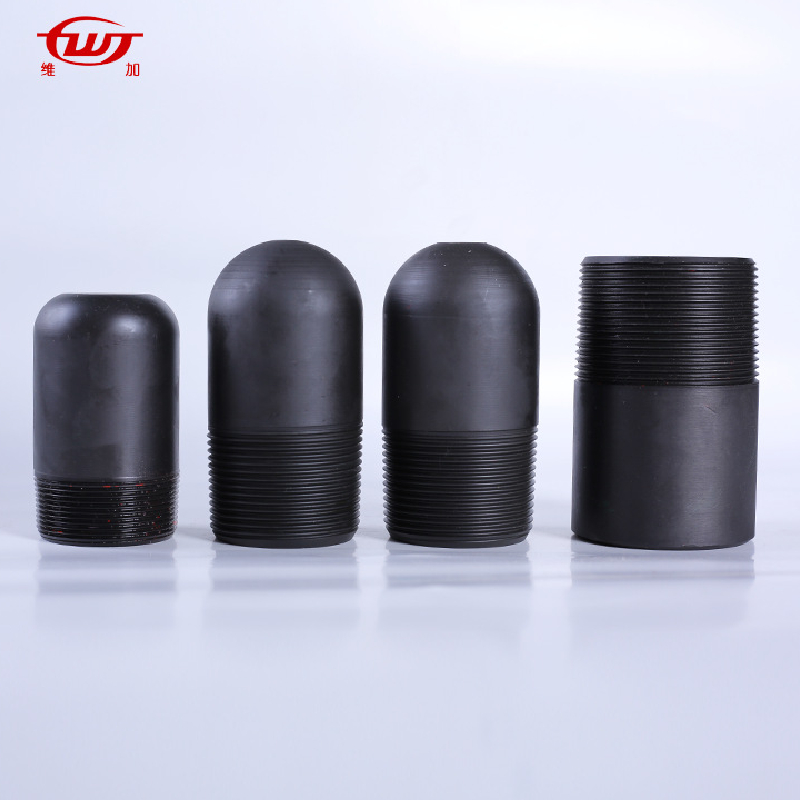- Afrikaans
- Albanian
- Amharic
- Arabic
- Armenian
- Azerbaijani
- Basque
- Belarusian
- Bengali
- Bosnian
- Bulgarian
- Catalan
- Cebuano
- Corsican
- Croatian
- Czech
- Danish
- Dutch
- English
- Esperanto
- Estonian
- Finnish
- French
- Frisian
- Galician
- Georgian
- German
- Greek
- Gujarati
- Haitian Creole
- hausa
- hawaiian
- Hebrew
- Hindi
- Miao
- Hungarian
- Icelandic
- igbo
- Indonesian
- irish
- Italian
- Japanese
- Javanese
- Kannada
- kazakh
- Khmer
- Rwandese
- Korean
- Kurdish
- Kyrgyz
- Lao
- Latin
- Latvian
- Lithuanian
- Luxembourgish
- Macedonian
- Malgashi
- Malay
- Malayalam
- Maltese
- Maori
- Marathi
- Mongolian
- Myanmar
- Nepali
- Norwegian
- Norwegian
- Occitan
- Pashto
- Persian
- Polish
- Portuguese
- Punjabi
- Romanian
- Russian
- Samoan
- Scottish Gaelic
- Serbian
- Sesotho
- Shona
- Sindhi
- Sinhala
- Slovak
- Slovenian
- Somali
- Spanish
- Sundanese
- Swahili
- Swedish
- Tagalog
- Tajik
- Tamil
- Tatar
- Telugu
- Thai
- Turkish
- Turkmen
- Ukrainian
- Urdu
- Uighur
- Uzbek
- Vietnamese
- Welsh
- Bantu
- Yiddish
- Yoruba
- Zulu
finished casing coupling
Understanding Finished Casing Couplings in Oil and Gas Production
In the oil and gas industry, efficient extraction and production of hydrocarbons rely on the use of various specialized equipment and materials. Among these, finished casing couplings play a critical role in establishing a secure and reliable connection between sections of casing during the drilling and completion phases of a well. This article delves into the significance, types, and manufacturing processes of finished casing couplings, underscoring their importance in ensuring the integrity of oil and gas wells.
What is Casing?
Casing refers to the series of pipes installed in a wellbore to provide structural integrity and prevent the collapse of the well. It is a crucial component of drilling operations, designed to protect both the well itself and the surrounding environment from contamination. To connect various lengths of casing, couplings are employed. Couplings are short lengths of pipe that are threaded on both ends and are designed to join two casing pipes together, ensuring a watertight and pressure-resistant seal.
The Role of Finished Casing Couplings
Finished casing couplings are the final product that comes after extensive manufacturing, including processes like threading and inspection. These couplings must meet specific industry standards for durability, strength, and resistance to corrosion and wear. The primary functions of finished casing couplings are
1. Pressure Management In oil and gas wells, high-pressure environments are commonplace. Finished casing couplings must be capable of withstanding these pressures to ensure the safe and efficient production of hydrocarbons. 2. Environmental Protection By providing a secure connection between casing sections, these couplings help prevent leakage of fluids, which could lead to hazardous contamination of the surrounding area.
3. Structural Support Couplings add strength to the casing string, helping to manage the forces that are exerted on the well during drilling and operational phases.
Types of Finished Casing Couplings
There are various types of finished casing couplings, each tailored for different applications and well conditions
- Standard Couplings These are the most common type, designed for general use in the industry and built to handle the basic requirements of pressure and structural support.
finished casing coupling

- Long Couplings Used in situations where additional length is needed, long couplings provide added stability and are particularly useful in high-stress environments
.- Specialty Couplings These couplings are designed for specific applications, including those involving extreme temperatures, corrosive fluids, or other challenging conditions.
Manufacturing Process
The manufacturing of finished casing couplings involves several key steps to ensure that they meet the rigorous demands of the oil and gas industry.
1. Material Selection High-strength steel is typically used for casing couplings due to its excellent durability and resistance to deformation under pressure.
2. Machining After the raw materials are obtained, they undergo machining processes that involve cutting, threading, and shaping to achieve the precise dimensions required for effective coupling.
3. Heat Treatment This process alters the physical and mechanical properties of the couplings, enhancing their strength and resistance to fatigue.
4. Surface Treatment To protect against corrosion and wear, couplings may undergo surface treatments, such as galvanizing or coating, ensuring longevity in harsh environments.
5. Quality Control Rigorous testing and inspection are conducted to ensure that every coupling meets industry standards and specifications before it is released for use in the field.
Conclusion
Finished casing couplings are essential components within the oil and gas industry, playing a pivotal role in drilling and production operations. Their ability to withstand high pressures, provide structural support, and protect the environment underscores the importance of using high-quality couplings manufactured to meet strict industry standards. As the energy sector continues to evolve, the significance of these components will undoubtedly persist, making them a key focus in ongoing improvements and innovations in drilling technology and practices.
-
Tubing Pup Joints: Essential Components for Oil and Gas OperationsNewsJul.10,2025
-
Pup Joints: Essential Components for Reliable Drilling OperationsNewsJul.10,2025
-
Pipe Couplings: Connecting Your World EfficientlyNewsJul.10,2025
-
Mastering Oilfield Operations with Quality Tubing and CasingNewsJul.10,2025
-
High-Quality Casing Couplings for Every NeedNewsJul.10,2025
-
Boost Your Drilling Efficiency with Premium Crossover Tools & Seating NipplesNewsJul.10,2025







